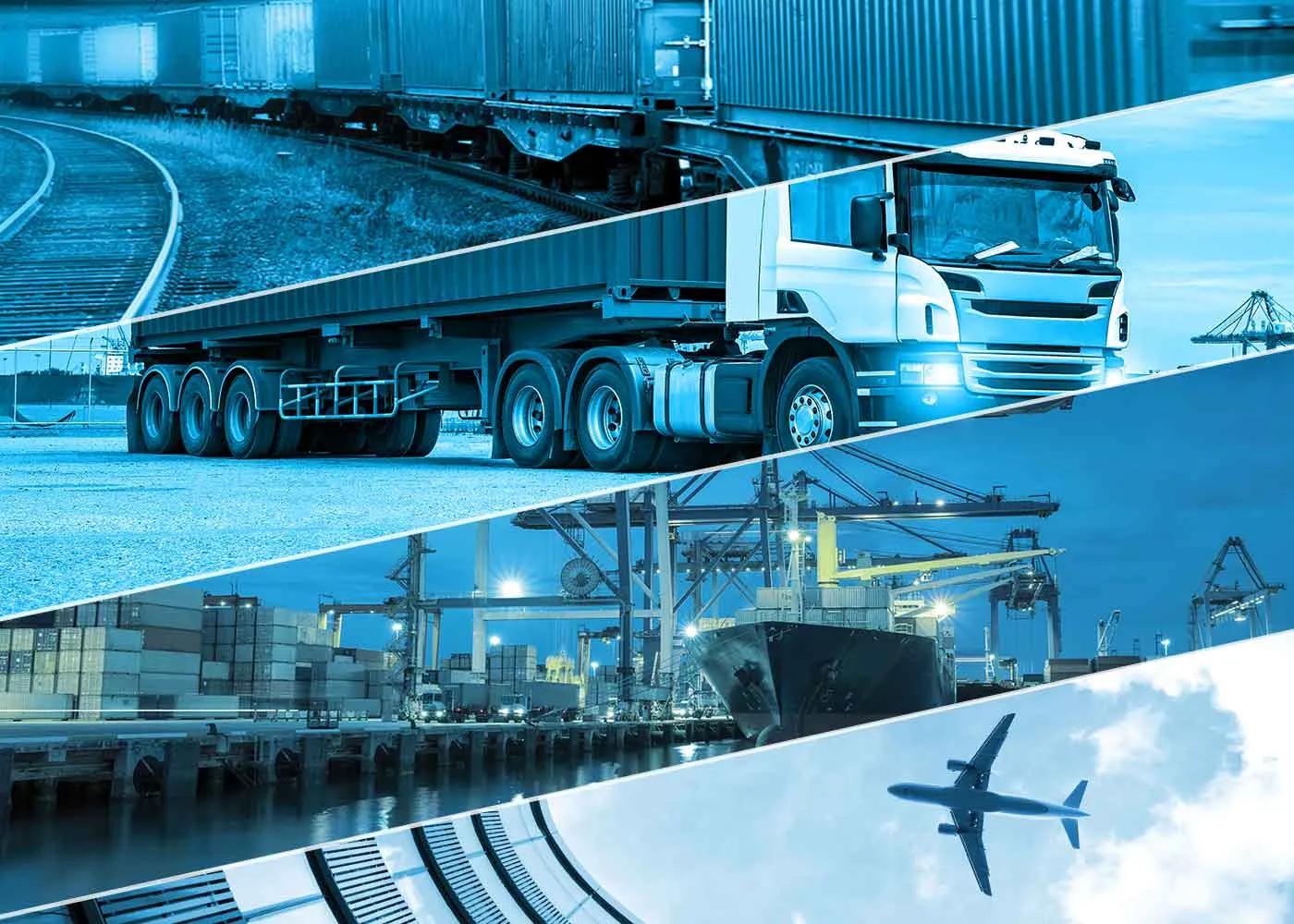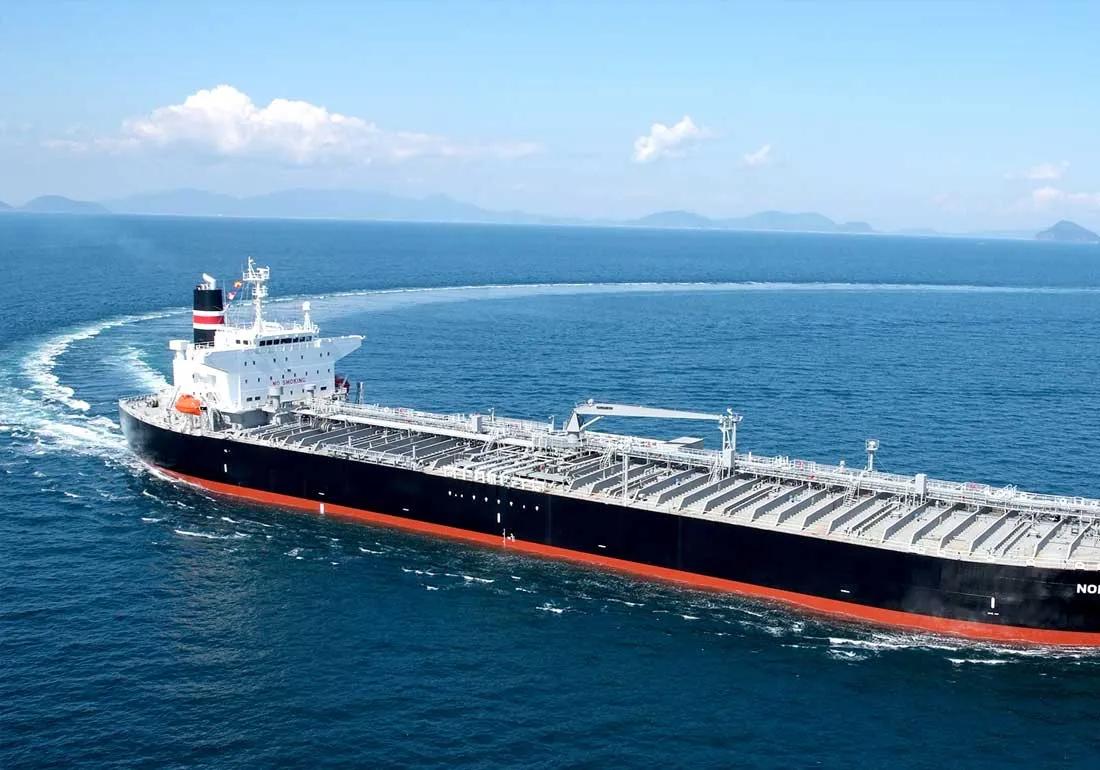International transportation is the lifeline of the global economy, facilitating the seamless movement of goods and people across national borders. It encompasses a wide range of activities, from transporting raw materials to delivering finished products, and from enabling business travel to supporting tourism. This system is a critical component of international business, as it allows companies to expand their markets and connect with customers worldwide. This article provides a comprehensive review of international transportation, exploring its importance, the various modes employed, the challenges it faces, and the emerging trends shaping its future.
In today’s interconnected world, businesses rely heavily on international transportation to source materials, deliver products, and compete in global markets. Understanding its intricacies—such as the different modes, regulatory frameworks, and technological advancements—is essential for appreciating its role in driving economic and cultural connectivity.
Importance of International Transportation
The significance of international transportation cannot be overstated. It plays a pivotal role in several aspects of global commerce and society:
- Facilitating Global Trade: International transportation enables businesses to engage in cross-border trade, expanding their reach and revenue potential. For instance, a manufacturer in one country can export goods to consumers in another, thanks to efficient transportation networks.
- Supply Chain Efficiency: A well-functioning international transportation system ensures the timely delivery of goods, reducing inventory costs and supporting lean supply chain strategies. This efficiency is crucial for businesses operating in a globalised economy.
- Economic Growth and Development: By connecting economies, international transportation fosters economic growth. It allows countries to specialise in producing goods they are most efficient at while importing others, promoting comparative advantage.
- Cultural Exchange and Tourism: Beyond goods, international transportation facilitates the movement of people, promoting cultural exchange, education, and tourism. This interaction strengthens international relations and mutual understanding.
- Strategic Importance: For countries with limited natural resources, international transportation is vital for importing essential goods like food, fuel, and machinery, ensuring national security and stability.
Modes of International Transportation
International transportation relies on several modes, each tailored to specific types of cargo and delivery requirements:
1. Air Transportation:
- Description: The fastest mode of international transportation, connecting distant locations within hours.
- Advantages: Ideal for time-sensitive, high-value, or perishable goods like electronics, pharmaceuticals, and fresh produce.
- Disadvantages: High costs, limited capacity for bulky items, and a significant environmental impact due to fuel consumption.
- Usage: Commonly used for urgent deliveries and high-value goods.
2. Sea Transportation:
- Description: The most common mode for moving large quantities of goods over long distances, utilising ships and global port networks.
- Advantages: Cost-effective for bulk cargo, suitable for heavy or oversized items, and supported by established maritime routes.
- Disadvantages: Slower transit times, susceptibility to weather conditions, and potential delays at ports.
- Usage: Ideal for commodities like oil, grains, and containerised cargo.
3. Road Transportation:
- Description: Involves trucks and lorries for cross-border movement, often as part of a multimodal transport chain.
- Advantages: Flexible routing, door-to-door service, and speed for shorter distances.
- Disadvantages: Higher costs for long distances, subject to traffic and road conditions, and environmental concerns.
- Usage: Frequently used for regional trade and the final leg of delivery in multimodal transport.
4. Rail Transportation:
- Description: Uses trains to move goods efficiently over land, often complementing other modes in intermodal systems.
- Advantages: Cost-effective for bulk goods, high capacity, and lower environmental impact compared to road transport.
- Disadvantages: Less flexible routing and dependence on rail infrastructure.
- Usage: Commonly used for raw materials like coal, ore, and grains, as well as containerised cargo.
Transporting by Wagon: Rail transportation often involves transporting goods by wagon, using specialised cars designed to carry various types of cargo efficiently. This method is particularly effective for heavy or bulky items that are impractical to move by other means, such as oversized machinery or large quantities of raw materials.
Challenges in International Transportation
Despite its critical role, international transportation faces several challenges that impact its efficiency and effectiveness:
- Regulatory and Customs Issues: Each country has unique regulations governing imports, exports, and transportation. Navigating these requires extensive documentation and compliance with diverse standards, which can be time-consuming and costly.
- Infrastructure Limitations: The quality of transportation infrastructure varies widely. Poor road conditions, outdated port facilities, or inadequate rail networks can hinder efficiency and increase costs.
- Security Concerns: Goods in transit are vulnerable to theft, damage, or loss. Additionally, geopolitical risks and terrorism threats can disrupt transportation routes, posing significant challenges.
- Environmental Impact: International transportation, particularly air and sea, contributes significantly to carbon emissions and pollution. There is increasing pressure to adopt sustainable practices to mitigate this impact.
- Cost Fluctuations: Fuel prices, tolls, and other operational costs can vary, making it difficult for businesses to plan and budget accurately.
- Geopolitical Risks: Political instability, trade disputes, or conflicts can disrupt transportation routes, leading to delays or increased expenses.
Future Trends in International Transportation
The landscape of international transportation is evolving, driven by technological advancements, environmental concerns, and changing global trade dynamics:
- Digitalisation and Automation: Technologies like blockchain for tracking, artificial intelligence for route optimisation, and automation in ports and warehouses are enhancing efficiency and reducing errors in international transportation.
- Sustainability: There is a growing emphasis on reducing the carbon footprint of transportation. This includes adopting electric vehicles, alternative fuels, and optimised routes to minimise emissions.
- Intermodal Transport: Combining different modes, such as sea and rail, creates more efficient and environmentally friendly supply chains, improving the overall effectiveness of international transportation.
- E-commerce Growth: The rise of online shopping is driving demand for faster and more reliable international transportation, particularly for last-mile delivery to consumers.
- Autonomous Vehicles: The development of self-driving trucks and delivery drones could revolutionise road and air transportation, improving safety and efficiency.
- Global Trade Agreements: New trade deals and alliances are opening up new markets and influencing transportation patterns, requiring adaptable and efficient international transportation systems.
Conclusion
International transportation is a dynamic and indispensable component of the global economy. It connects businesses, cultures, and economies, driving growth and development. However, it faces significant challenges, including regulatory complexities, infrastructure limitations, and environmental concerns. As technology advances and sustainability becomes a priority, the future of international transportation looks promising, with innovations ensuring it remains efficient, reliable, and environmentally responsible.

